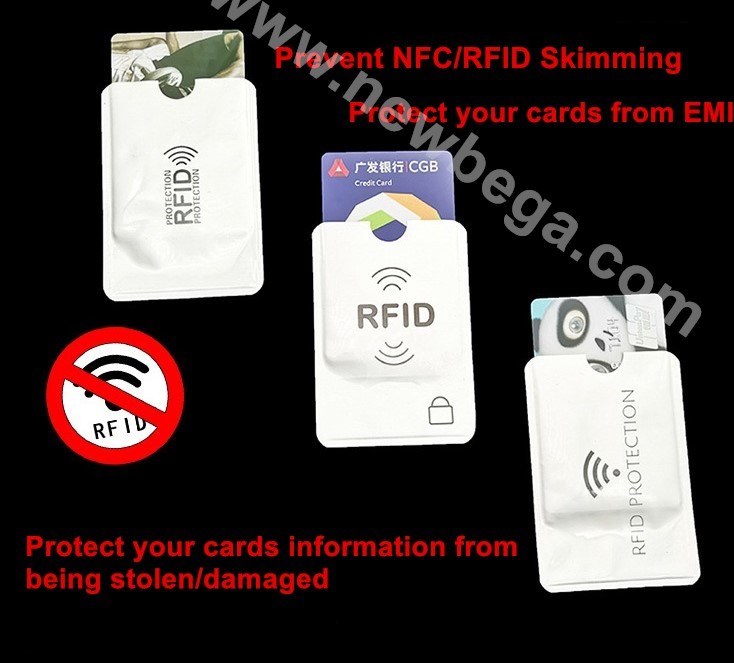
Newbega RFID Card Keychains for Workplace Security
If you’re thinking about using RFID cards in your organization, it’s important to consider the benefits and security issues. You also need to understand how these cards work and the underlying technology.
If you have an RFID-enabled card, it will have a contactless symbol on it (looks like a Wi-Fi turned upside down). To use it, simply tap it on the reader.
Benefits
Using RFID technology to track employees at work has a number of benefits. For one, it eliminates the need for manual labor and makes it easier to identify any potential insider threat. It also reduces the risk of theft and fraud. It can also help to improve employee attendance and reduce the risk of workplace accidents.
RFID systems can automatically upload information to the company’s ERP or financial management system, replacing spreadsheets and eliminating transcription errors. This makes them ideal for a range of applications, from stock control and inventory management to production line tracking and controlling’shrinkage’.
They can also save companies a huge amount of time by allowing workers to skip RFID Card the manual form filling process and simply scan their badge or ID card for access. This can be particularly beneficial for companies with a large number of remote and mobile staff, such as those working on construction sites or in shipping and freight handling.
Special RFID-blocking wallets and sleeves are not required for security, as the technology only works in an obstruction-free environment. This means that for someone to compromise a credit card’s information, they would have to be very close and have the right equipment. In addition, the information is encrypted so that unauthorized users cannot read it. These features make RFID credit cards some of the most secure available.
Security
Newbega’s RFID metal keychains are a great way to prevent unauthorized access to buildings and other secure areas. These keychains are made of a combination of premium materials, making them durable and long-lasting. They can withstand wear and tear, dust, grime, and humidity. This makes them suitable for both indoor and outdoor use. They are also easy to use, requiring only a tap or swipe to grant access.
These keyschains are also ideal for identifying employees, members, and visitors. They can be customized with various product crafts, including silkscreen printing, offset printing, and laser engraving. This allows businesses and organizations to add their logos, branding, or other designs to the keychains. This RFID Card creates a unique and distinctive design that will help them stand out from the competition.
RFID is an efficient and effective technology for establishing an integrated relationship between physical objects and computer systems. The technology can be used to identify individual components, batches of materials, construction equipment, or retail goods. It can also be used to track the location and status of assets, such as vehicles or containers, in real-time.
Because RFID cards work via radio frequencies, some people are concerned about them being compromised by scammers or hackers. To hack an RFID card, a person would need to be very close to it and have a clear view of the card reader. This is why there are special sleeves and wallets on the market that claim to protect against this type of attack.
Compatibility
When purchasing RFID readers and tags, it is important to consider the compatibility of these devices. There are a few different levels of compatibility: frequency, coding format, and communication protocol. The first two determine how well the reader and tag can communicate. The communication protocol defines what is sent over the radio, how it is encoded and interpreted by each device, and what commands can be sent back and forth. A good example of this is the Wiegand interface, which is a standard for how to wire the data between the reader and access control system.
Choosing RFID devices that use a standardized air interface is a key factor in ensuring interoperability. These devices can be programmed to work at a certain frequency (13,56 MHz for example) and will communicate with each other in a similar way. This allows for basic interoperability between different readers and tags/cards from the same vendor.
One major issue is that many readers and systems use proprietary air interfaces. This means that the cards and tags will have to come from the same manufacturer. This can be a great thing, since it ensures that the products are compatible and provides a level of support that is difficult to beat. However, it also limits the number of vendors that can be used, and can make the ordering process more complicated. For example, Nedap readers and access control systems that use their ‘Nedap XS’ card format require the customer code to be programmed into the cards in order to read them properly.
Cost
Unlike paper passes which have to be removed from your jacket or wallet for validation at the lift access gate, RFID cards are automatically read and validated as you approach the gate. This makes them a convenient option for those with zippered pockets and eliminates the need to stop at a lift ticket window for purchase. However, there is a one-time fee for the RFID card and a replacement cost in the event that it is lost or damaged.
Adding an additional layer of authentication is never free, but RFID technology is relatively inexpensive compared to alternative options like PKI and FIDO. You can pick up a RFID reader for under $500, and RFID cards can be bought for under $10. These costs can be offset by the increased convenience and security of this system.
